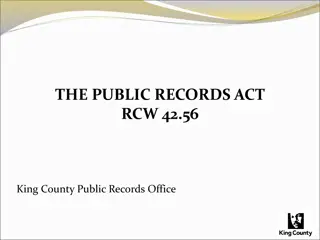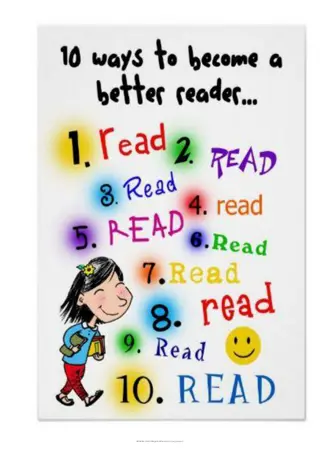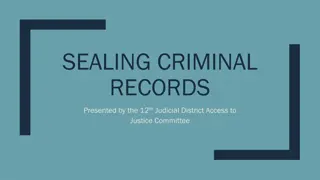Understanding Running Records in Reading Assessment
A running record is a valuable tool in assessing a student's reading proficiency by capturing their oral reading behaviors. Teachers analyze the errors and self-corrections made by students to gain insights into their reading process. By focusing on meaning, structure, and visual cues, educators can tailor instruction to support students' reading development effectively.
Download Presentation

Please find below an Image/Link to download the presentation.
The content on the website is provided AS IS for your information and personal use only. It may not be sold, licensed, or shared on other websites without obtaining consent from the author. Download presentation by click this link. If you encounter any issues during the download, it is possible that the publisher has removed the file from their server.
E N D
Presentation Transcript
Running Records Feedback What is a running record? What does a teacher look for in a running record? How does a teacher respond to the information collected in a running record?
RUNNING RECORD: WHAT? A running record is an assessment tool used to capture what a student knows and understands about the reading process. Originally created by Marie Clay, a running record helps a teacher assess a student's oral reading proficiency as well as errors and self- corrections. Running records show what a student said and did while reading a specific text, and provides the teacher an opportunity to analyze what happened and plan instruction.
DATA DRIVEN. Level C 95% Accuracy Level 9
Three Cueing Systems Does it sound right? Does it make sense? Structure Syntactic Meaning Semantic knowledge of the way that language is put together in sentences, phrases, paragraphs, grammatical patterns prior knowledge of the topic or experience, pictures, story sense Visual Graphophonic Does it look right? knowledge of letters and words, print conventions, directionality
ANALYZING ERRORS: MSV Meaning: Readers often make substitutions that indicate they are thinking about meaning of the text. For example, a reader might say coolfor cold. in cool environments. (reader) in cold environments. (text) Ask yourself: Does it make sense? If so, circle the M in the sources of information column under error (E).
Structure: We have implicit knowledge of the way words are put together to form phrases and sentences. It sounds right to us. Readers often substitute nouns for nouns or verbs for verbs, indicating an awareness of the structure of language. For example, a reader might say in cool environments. (reader) in cold environments. (text) Ask yourself: Does it sound right? If so, circle the S in the sources of information column under error (E).
Visual Information: Readers use the visual features of print the letters and words to read. They connect these features to phonetic information that exists in their heads. For example, in the following sentence, a reader might say hit for hot. It was a hit day. Ask yourself: Does it look right? If so, circle V in the error column.
ANALYZING THE DATA coolfor cold M S V hit for hot M S V
PROCESS TO ANALYZE MSV 1. Analyze sources of information used and neglected What is the student s pattern of using and neglecting? 2. Theorize about processing problems. What is being done well? What processing problem needs to be shifted now? 3. Select teaching points. Select 1-2 teaching points.
As a table group, use the completed running record and the 3 step process to inform instruction for Brendan. 5 MINUTE TABLE TASK Purpose for reading: 1. Analyze sources of information used and neglected What is the student s pattern of using and neglecting? *** note this step is completed as the MSVs have been coded Apply the 3 step process for analyzing a running record. 2. Theorize about processing problems. What is being done well? What processing problem needs to be shifted now? 3. Select teaching points. Select 1-2 teaching points. Be prepared to share your findings with the large group.
5 MINUTE PARTNER TASK With your spring partner, use the sample running record to discuss the following question: How can we respond to this student s needs within the instructional approaches as outlined in ? (p. 29)
Running Records Feedback What is a running record? What does a teacher look for in a running record? How does a teacher respond to the information collected in a running record?























